Beirut’s Timeless Treasures: What to See and Where to Go
Beirut, the resilient capital of Lebanon, has long been a beacon of culture, history, and diversity in the Middle East. Known as the "Paris of the Middle East," this city offers a blend of ancient history and modern sophistication. As you walk through its streets, you'll find remnants of Roman ruins next to contemporary art galleries, and bustling markets just a stone's throw from serene seaside promenades. This article will guide you through some of Beirut's most timeless treasures, providing a comprehensive look at what to see and where to go in this captivating city.
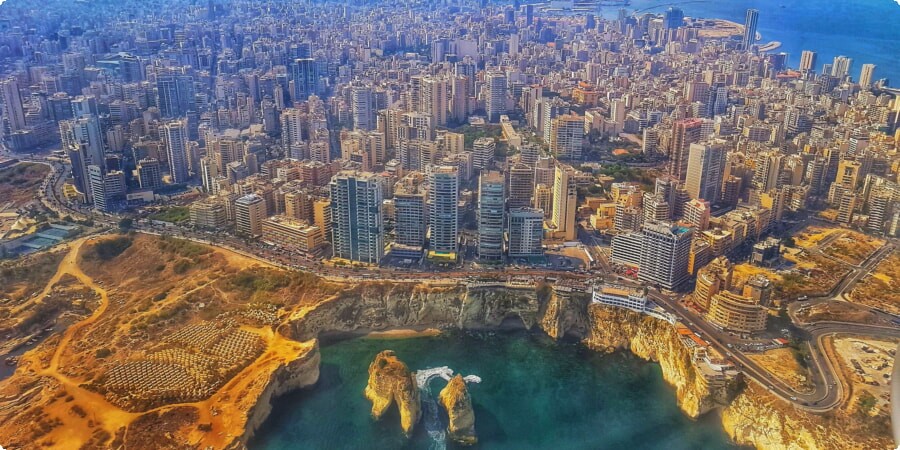
The Heart of History: Exploring Downtown Beirut
Downtown Beirut, often referred to as the Central District, is where the city's heart beats strongest. This area has seen it all—from the glory of ancient civilizations to the turmoil of conflict and the resurgence of modern times. Martyrs' Square stands as a symbol of Lebanon's struggle for independence and resilience. Nearby, the Roman Baths offer a glimpse into Beirut's past, where ancient Romans once gathered for communal bathing and socializing.
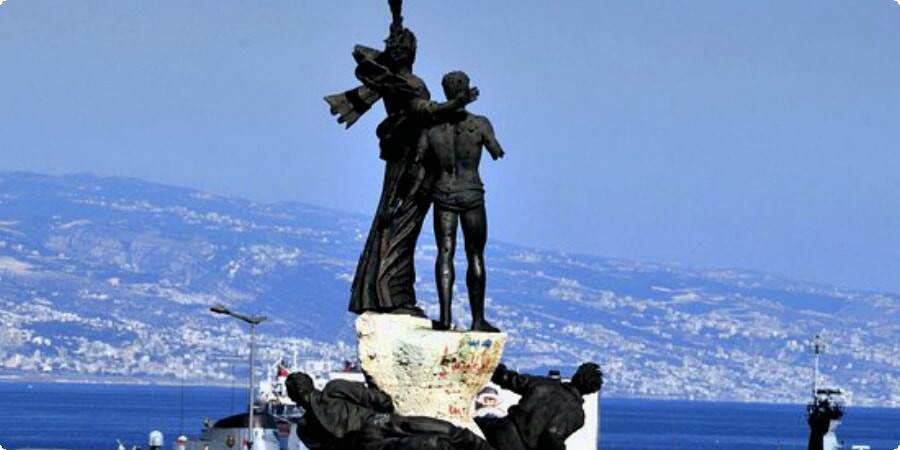
Another must-visit spot is Nejmeh Square (Place de l'Etoile), the focal point of the district, known for its iconic clock tower and surrounding cafes. This area is perfect for a leisurely stroll, allowing you to absorb the layers of history that coexist in this part of the city.
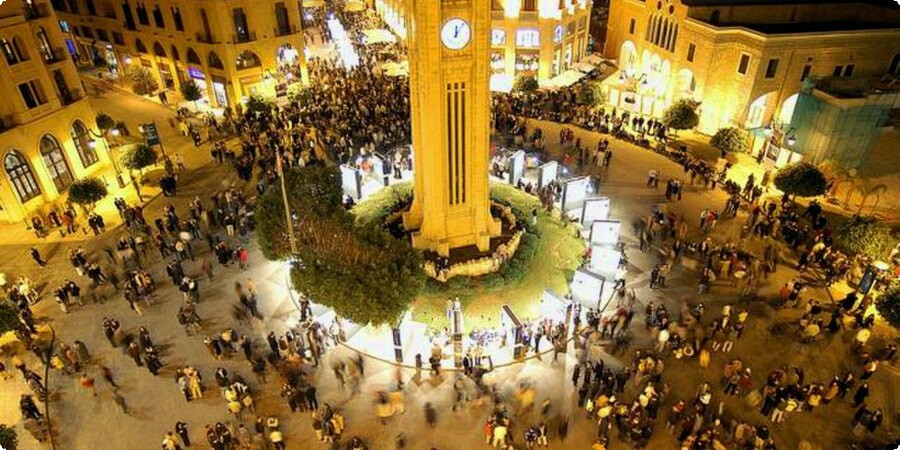
Architectural Wonders: Beirut’s Iconic Buildings
Beirut’s skyline is a mix of architectural styles that tell the story of its diverse cultural influences. The Mohammad Al-Amin Mosque, with its towering minarets and striking blue dome, is one of the most recognizable landmarks in the city. Built in 2008, it combines Ottoman and modern elements, making it a stunning example of contemporary Islamic architecture.

Just a short walk away is the St. George Maronite Cathedral, which dates back to the 19th century. This cathedral represents the Christian heritage of Beirut and is a beautiful example of neo-Classical architecture. Don't miss the Sursock Museum, a 19th-century mansion that has been converted into a museum dedicated to modern and contemporary art. The building itself is a masterpiece, blending traditional Lebanese and Italianate styles.
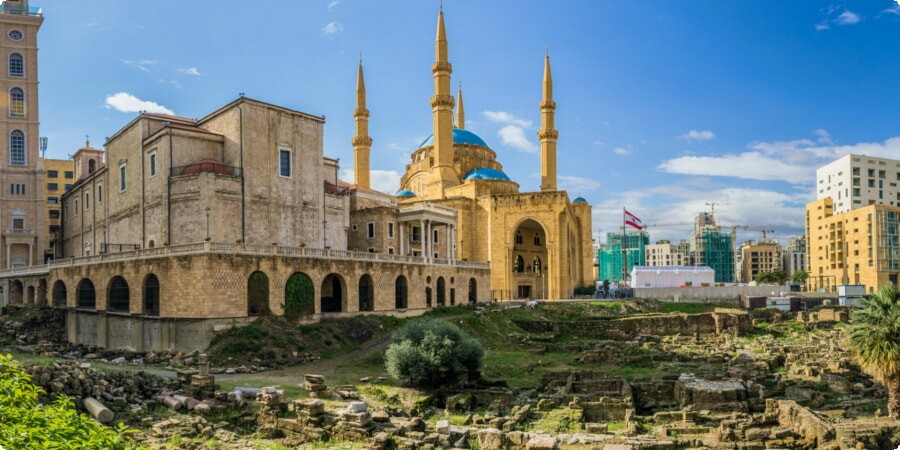
- Mohammad Al-Amin Mosque on Wikipedia
- St. George Maronite Cathedral on Google Maps
- Sursock Museum on Wikipedia
Cultural Encounters: Museums and Galleries
Beirut is a city where culture thrives, and its museums and galleries are a testament to this. The National Museum of Beirut is a must-visit for anyone interested in Lebanon's rich history. The museum houses an extensive collection of artifacts dating from prehistoric times to the Ottoman period, including some of the most significant Phoenician relics ever discovered.
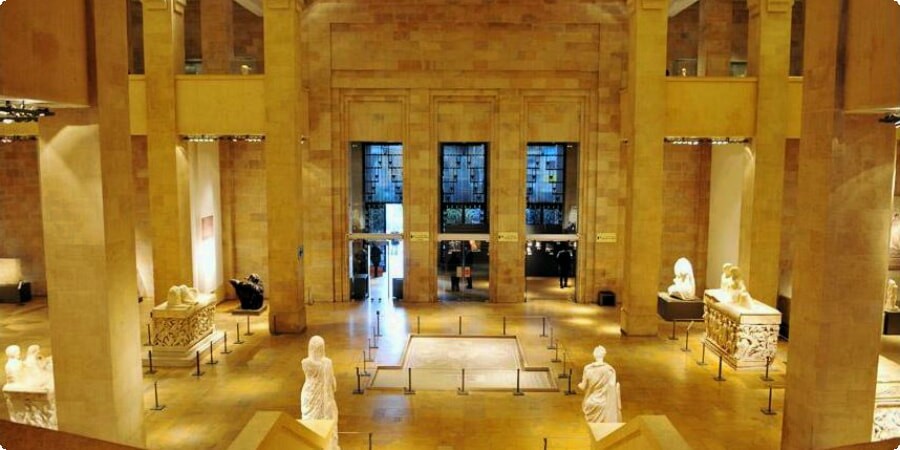
Art lovers should make their way to the Beirut Art Center, a hub for contemporary art exhibitions, performances, and cultural events. For a more intimate experience, visit the Nicolas Sursock Museum, where you can explore a variety of artworks in a setting that feels like stepping back in time.

To fully appreciate the cultural depth of Beirut, consider joining a sightseeing tour with a local guide who can provide valuable insights into the city’s heritage and artistic expressions.
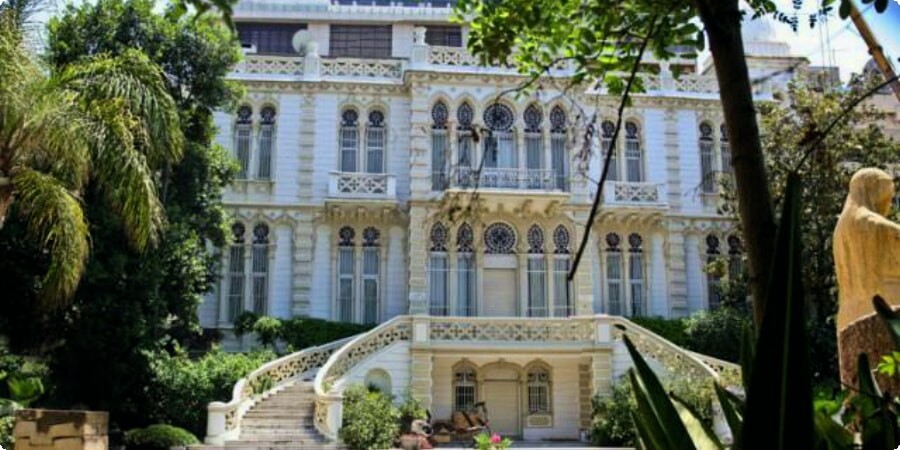
- National Museum of Beirut on Wikipedia
- Beirut Art Center on Google Maps
- Nicolas Sursock Museum on Google Maps
A Walk Through Time: Beirut’s Historical Neighborhoods
To truly experience the soul of Beirut, take a walk through its historical neighborhoods, each offering a unique flavor of the city’s rich past. Gemmayzeh is one such area, known for its narrow streets lined with charming old buildings, many of which feature traditional Lebanese architecture with red-tiled roofs and ornate balconies. This neighborhood is also famous for its vibrant nightlife, with numerous bars and restaurants offering everything from traditional mezze to international cuisine.

A short distance away is Mar Mikhael, another historic area that has become a hotspot for both locals and tourists. This neighborhood is known for its colorful street art, hip cafes, and boutique shops. Walking through Mar Mikhael, you'll feel the blend of old and new as traditional bakeries stand next to trendy galleries.
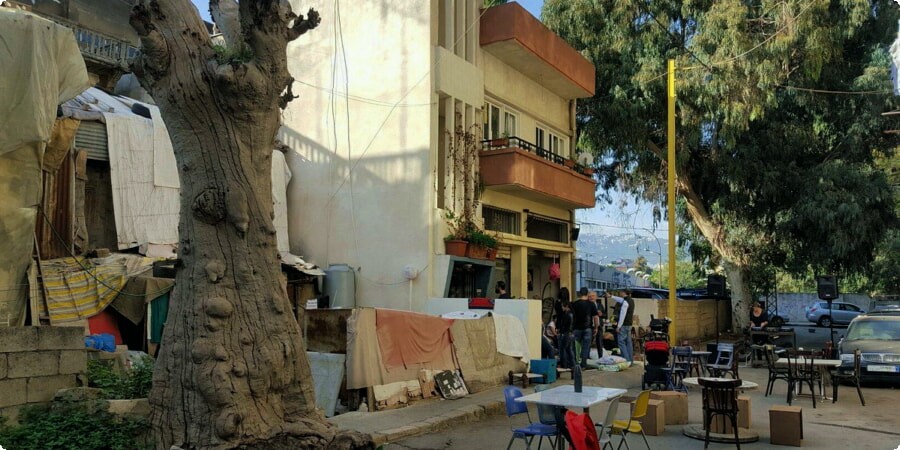
These neighborhoods are best explored on foot, allowing you to soak in the atmosphere and discover hidden gems along the way.
Soaking in the Mediterranean Vibes: The Corniche and Raouché
No visit to Beirut would be complete without a stroll along the Corniche, the city’s famous seaside promenade. Stretching for several kilometers along the Mediterranean coast, the Corniche is a favorite spot for locals and visitors alike, offering stunning views of the sea, especially at sunset. The promenade is lined with palm trees and features plenty of benches where you can sit and watch the world go by.
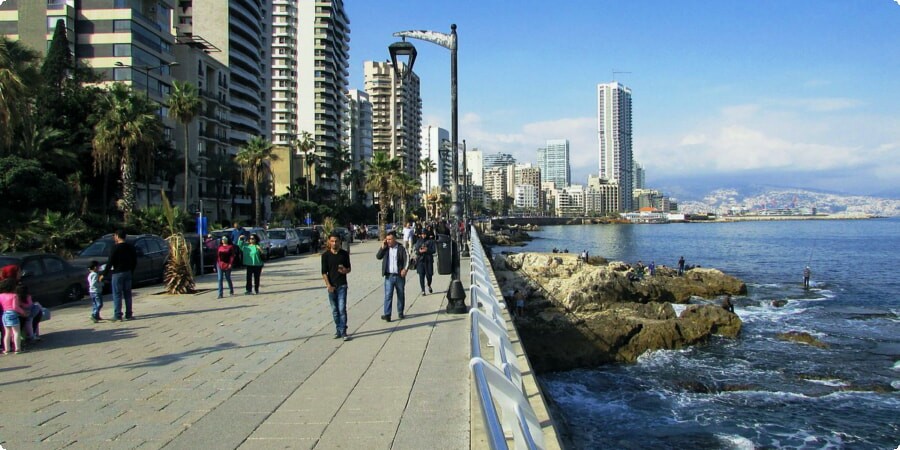
One of the highlights of the Corniche is the Raouché Rocks (Pigeon Rocks), a natural landmark that has become one of the symbols of Beirut. These towering limestone formations rise majestically from the sea and are particularly spectacular at sunset. You can also take a boat ride around the rocks for a closer look and to fully appreciate their size and beauty.

For those seeking a more adventurous experience, consider joining a nature and adventure excursion in Beirut, which often includes activities like hiking, boat trips, and exploring the coastal areas around the city.
The Flavor of Beirut: Culinary Hotspots
Beirut is a paradise for food lovers, offering a culinary scene that reflects the city’s diverse cultural influences. Start your gastronomic journey with a visit to Souk el Tayeb, Lebanon’s first farmers’ market, where you can sample fresh, organic produce and traditional Lebanese dishes prepared by local vendors.
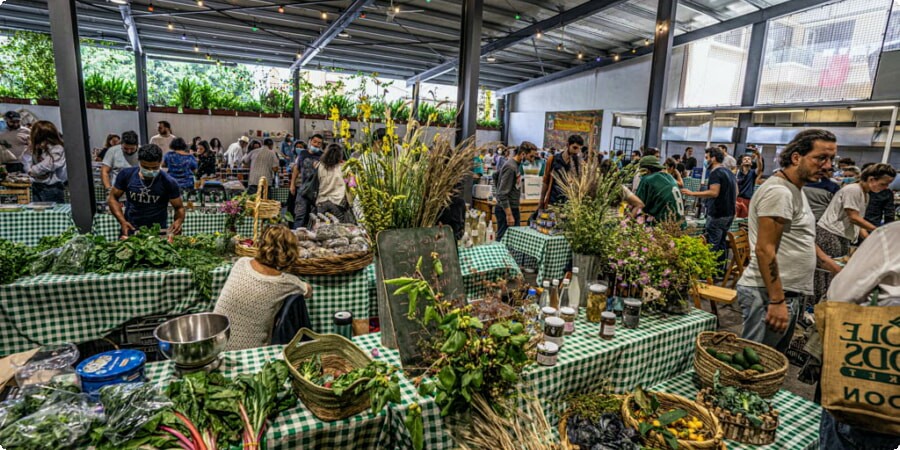
For an authentic dining experience, head to Tawlet, a restaurant that features daily menus prepared by home cooks from different regions of Lebanon, ensuring a truly local experience. If you’re in the mood for something more upscale, Em Sherif offers a refined take on traditional Lebanese cuisine in a beautiful setting that evokes the grandeur of the past.
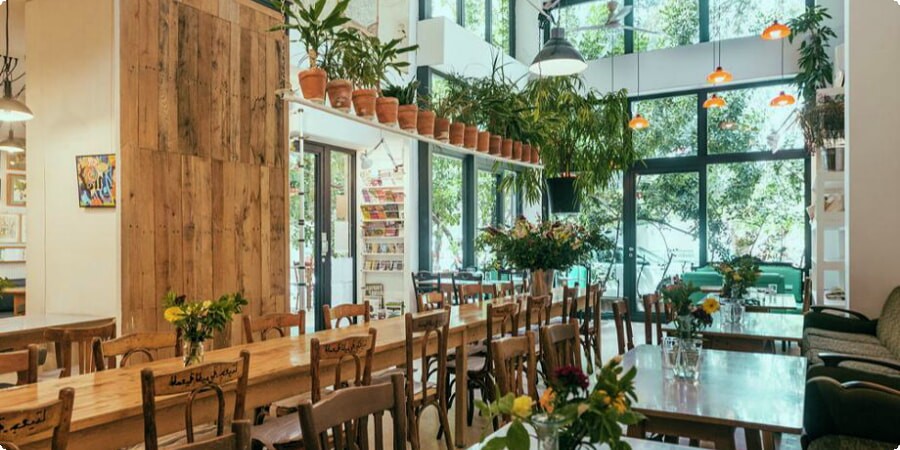
Don’t forget to try Manakish, a popular Lebanese street food that is similar to a pizza and can be found at bakeries throughout the city. Pair it with a cup of strong Lebanese coffee for the full experience.
Shopping and Souvenirs: Where to Find Beirut’s Best
When it comes to shopping, Beirut offers a mix of traditional markets and modern shopping centers. Beirut Souks is the city's premier shopping destination, offering a wide range of international brands, local boutiques, and artisanal shops. The souks are also a great place to pick up souvenirs, including traditional Lebanese crafts, jewelry, and textiles.
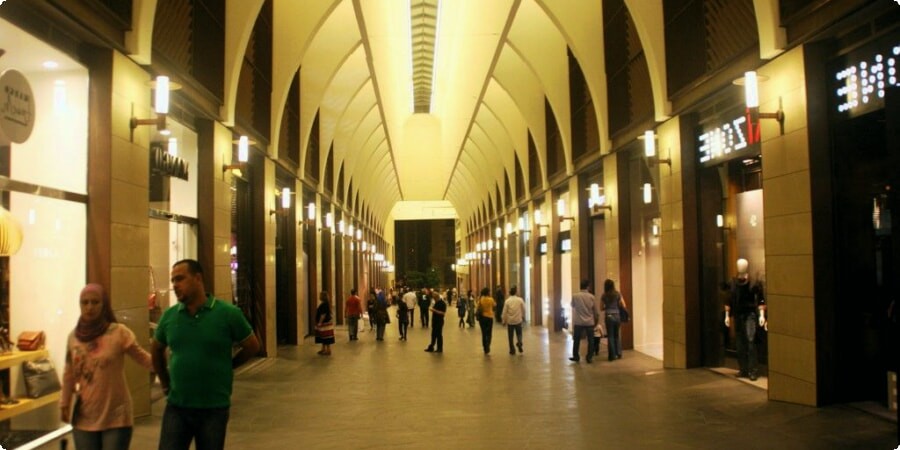
For a more authentic shopping experience, visit Saifi Village, also known as the "Quartier des Arts." This charming neighborhood is home to a variety of galleries, design studios, and boutique shops where you can find unique, handcrafted items that reflect Lebanon’s rich artistic heritage.
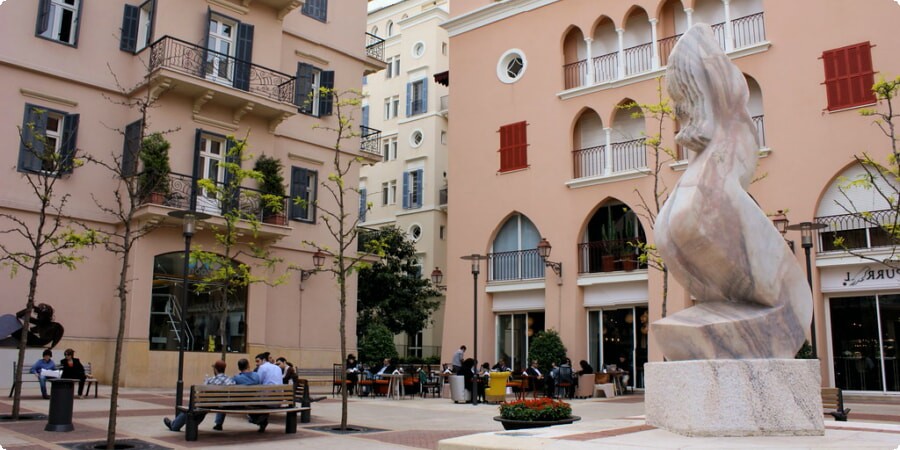
If you’re looking for antiques and vintage finds, Burj Hammoud is the place to go. This bustling district is known for its narrow streets filled with shops selling everything from Armenian crafts to old vinyl records.
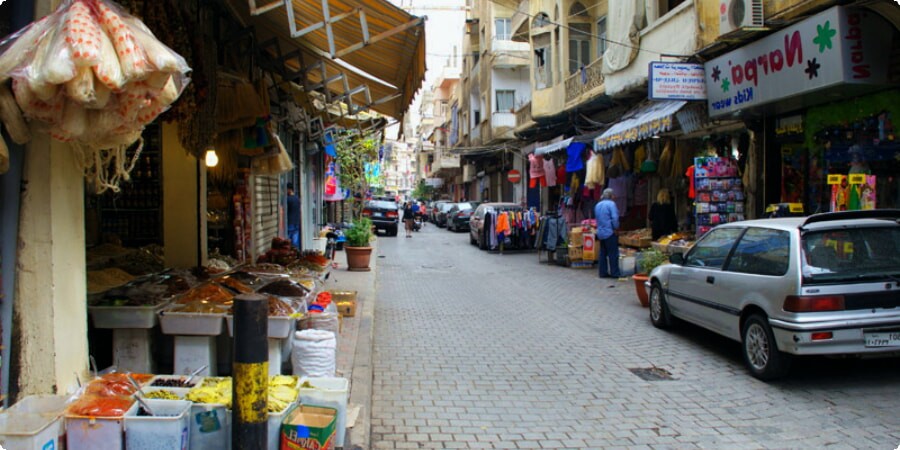
Beirut is a city that captivates all who visit with its blend of history, culture, and modernity.
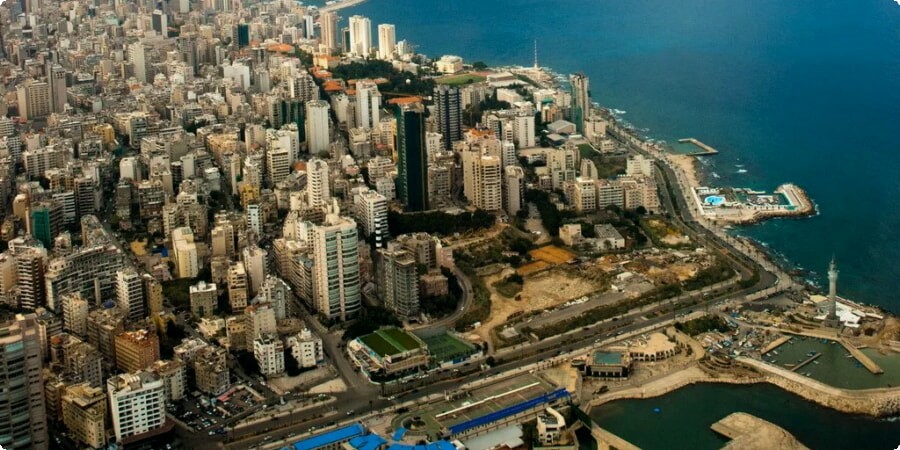
From the ancient ruins to the vibrant art scenes, and from the tranquil Corniche to the bustling souks, there’s something for everyone in this dynamic city. Whether you're a history buff, an art enthusiast, a foodie, or an adventurer, Beirut's timeless treasures are sure to leave a lasting impression.